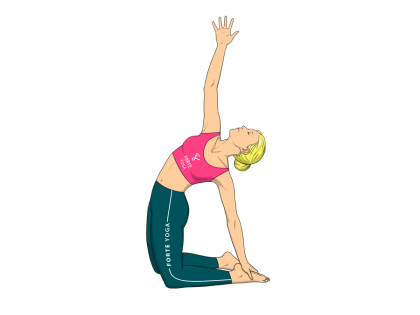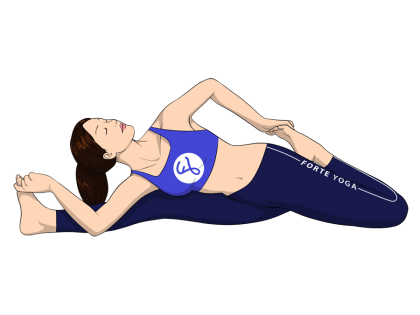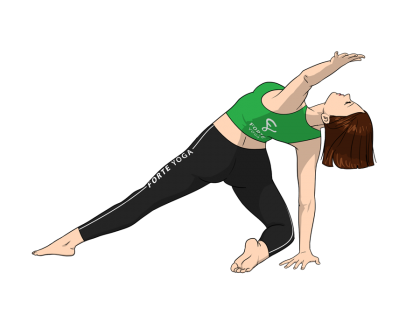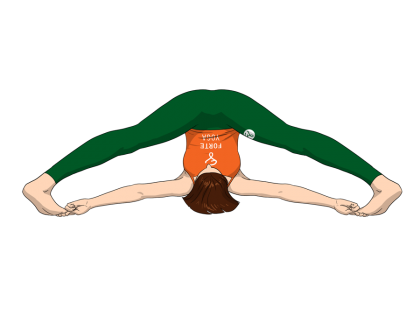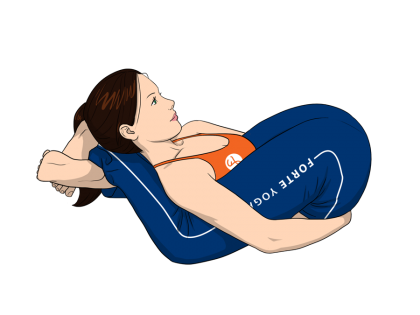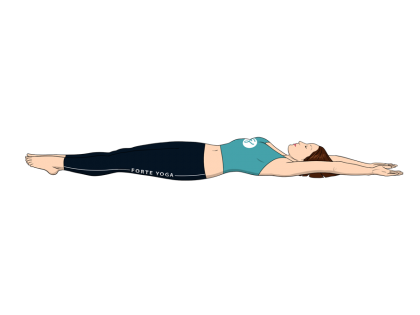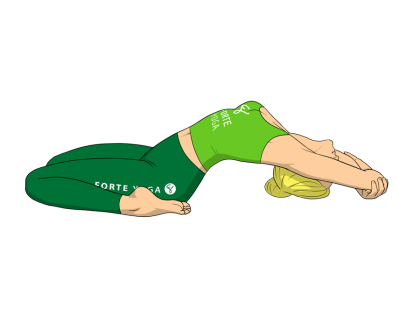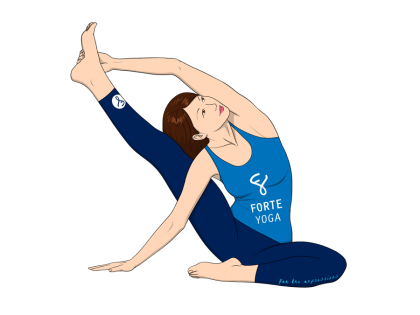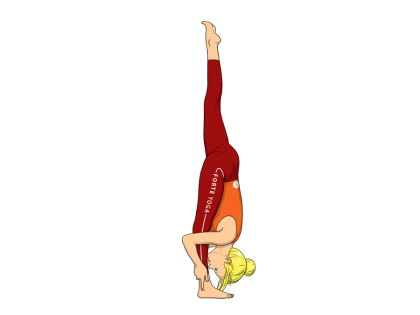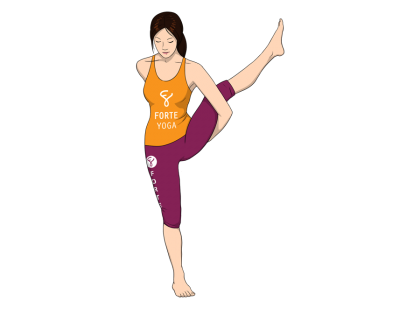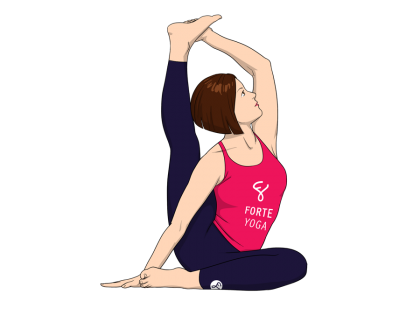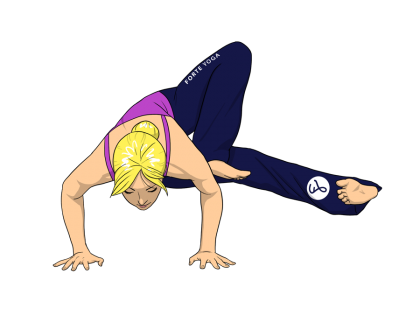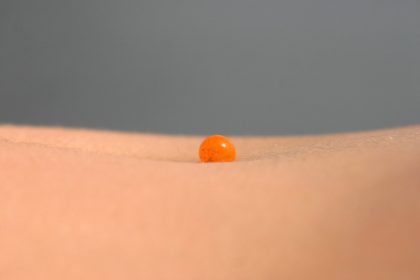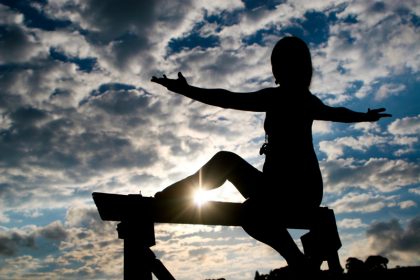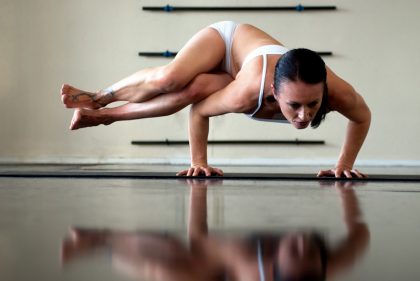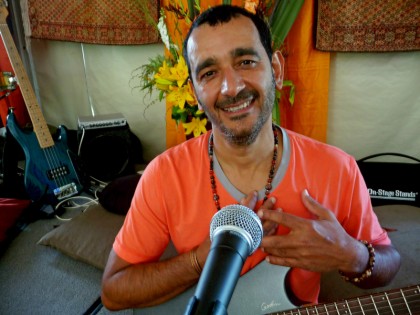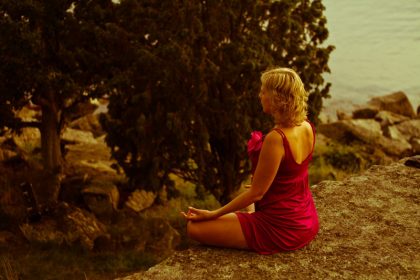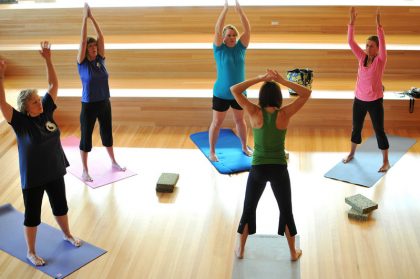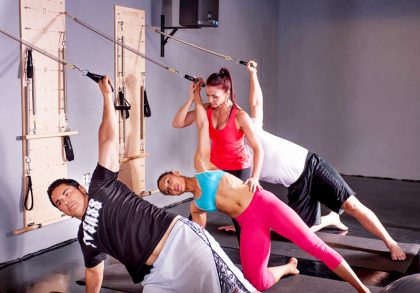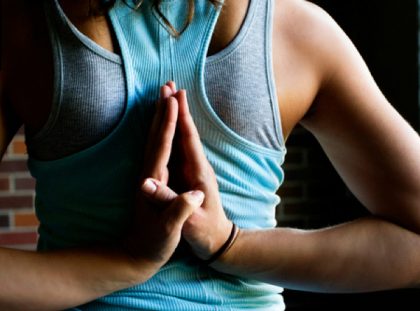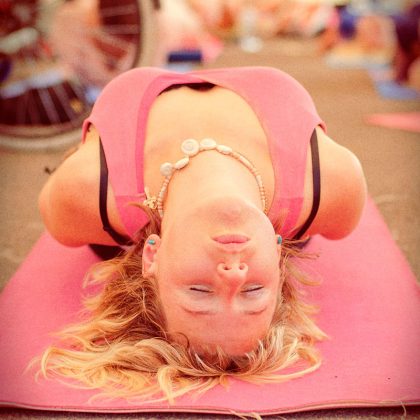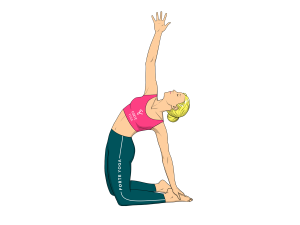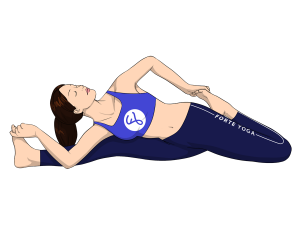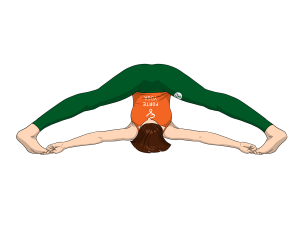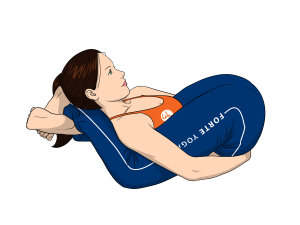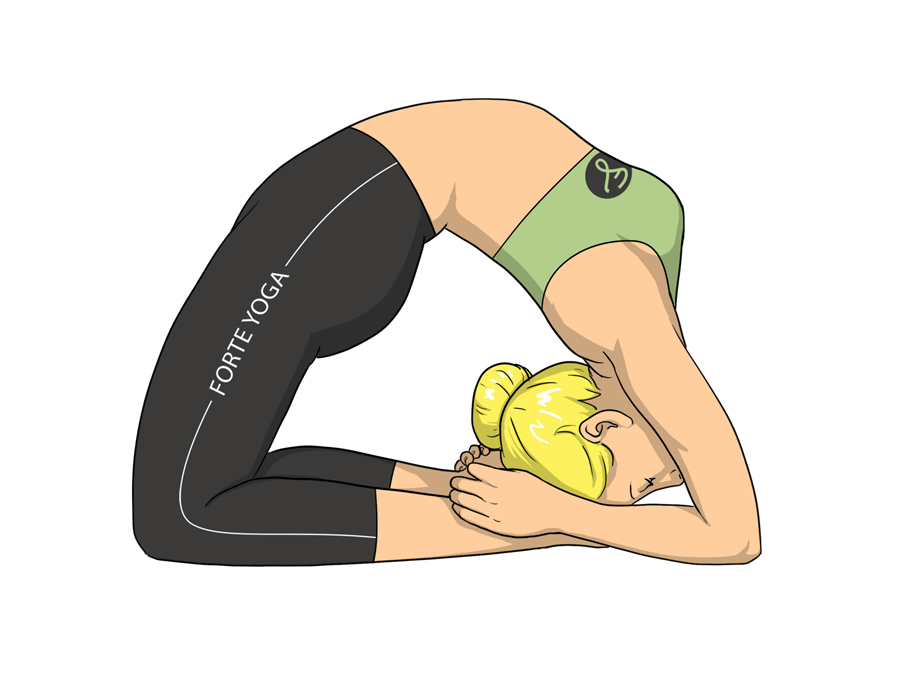
overview
King Pigeon Yoga Pose is a back bend pose that targets the abs and chest and is ideal for yogis and yoginis at an advanced level.
 visuddha – the throat chakra
visuddha – the throat chakrarelated poses
[yoga-sharrre]
How To Do King Pigeon Yoga Pose
- Kneel on your mat, thighs perpendicular to the floor, a long line running from your knees to the top of your head. Your knees should be just nearly hip-width apart and the tops of your feet pressed against the floor. Bring your hands to a prayer pose at your chest.
- Lift your spine up and away from your tailbone and tuck your chin in toward your chest. Lean back, leading with your shoulders, slowly bringing yourself into the backbend. Firm your shoulders against your back and lift at the sternum. Keep your hips and knees stationary as you continue this motion, and move your hands with your torso to keep them at your sternum.
- As your shoulders fall in line with your hips, separate your hands and arch them over your head before placing them gently on the ground, fingers pointing toward your feet. Do not rush into this pose. When you bring your hands to the floor, be sure not to put them down so far from your knees that you lose the lift in your backbend or come down on your head.
- Keeping the space between the floor and your head, walk your hands in toward your feet. Keep your torso and head lifted as you do this. Continue to walk your hands to the outsides of your feet. If you feel comfortable, take your hands on top of your ankles or calves if possible.
- Exhale and pull the elbows inward until your arms are shoulder-width apart, then lower the elbows and forearms to the floor. Place your forehead gently on the floor between your feet. Your weight should be evenly distributed between your elbows and knees, creating a full bow. Press firmly into the floor through your forearms and shins, lifting your chest up toward the ceiling.
- Hold this position for several breaths (30-60 seconds only if you’re comfortable), taking deep, focused breaths. To come out, release your hands from your ankles and place them on the floor where your elbows just were. Push yourself back up through your hands, using the strength of your back to fully come out of the bend. Rest for a few breaths in Child’s Pose (Balasana).
Notes
- Breathe deeply through each step.
- Do not rush into this pose! This is an advanced position and can be very difficult to perform.
- The King Pigeon Pose is only for those that have a solid foundation in backbends. Only attempt this if you have a partner or yoga trainer present.
- Do not perform if you have high blood pressure (hypertension) or low blood pressure.
- Do not perform if you have back or neck injury.
- Avoid this position if you are suffering from migraines or insomnia.
Tips
Try other backbend postures before seeing if you’re capable of the King Pigeon Pose. These poses are great warm-ups for this asana as well.
Stretches & Strengthens
All Muscles: Abs, chest, ankles, quads, groin, throat
Target Muscles: Abs, chest, quads
Health Benefits of King Pigeon Yoga Pose
- Improves posture.
- Strengthens and stretches muscles all throughout the body.
- Stimulates digestive organs.

